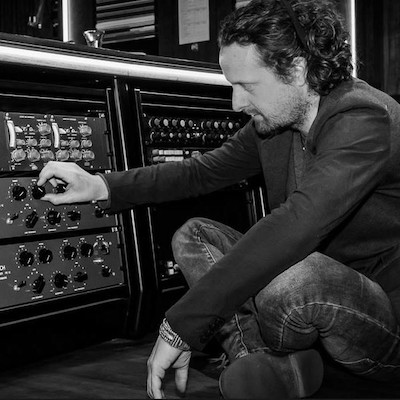Music Studies: Rhythm
 If you want to write memorable melodies, it’s good to know how rhythm works and how to use it in your tracks.
If you want to write memorable melodies, it’s good to know how rhythm works and how to use it in your tracks.
Rhythms can get complicated quickly, but knowing a few basic concepts will get you a long way.
Most music is systematically divided into units of time: measures. These measures follow each other at a predetermined tempo. At least, that’s the theory.
In practice, rhythm is a groove, playing together. It’s how the music moves through time.
Rhythm notation is used to notate the duration of notes and rhythms.
A whole note represents the longest value. It can be divided into half notes, fourths, eighths, sixteenths and so on.
A half note is half the duration of a whole note. A quarter note is half the duration of a half note, an eighth is half of a quarter, and so on and so forth.
These notes can follow each other in any given order to create different rhythms.
Most music has an underlying pulse that indicates the tempo. This pulse can be divided into measures. In Western music, we use a time signature to indicate how this subdivision is made.
The pulse is represented as a fraction. That fraction indicates the number of notes per measure, and in which note the beat count is.
The most common time signature is a 4/4 bar. A 4/4 bar has 4 pulses in a measure, and those pulses are written as quarter notes. A 4/4 bar has 4 quarter notes.
There are of course many more time signatures possible. Think of Taylor Swift’s track Tolerate it: it is written in 5/4, where there are 5 accents in a measure. Or Metallica’s Nothing Else Matters: in 6/8. A 6/8 measure has 6 pulses the length of an eighth note in each measure.
To write contrasting rhythms, it is important to know the difference between weak and strong beats. A 4/4 bar usually has the strong beat on the first and third quarter note. Think about where on a simple beat the kick and snare will be. KICK – hat – SNARE – hat, or ONE – two – THREE – four.
A 3/4 measure has the strong beat only on the first quarter note: ONE – two – three – ONE – two – three.
Every rhythm can be divided into groups of two or three.
By playing with accents before or after strong beats, you create rhythmic contrast and emphasise the backbeat.
It can help enormously to understand how rhythmic structures work. If you don’t understand a rhythm right away, don’t be afraid to grab your hands and simply clap it. Rhythm is physical, just like dancing. You have to feel it, and the more you feel it, the better you get at it.
